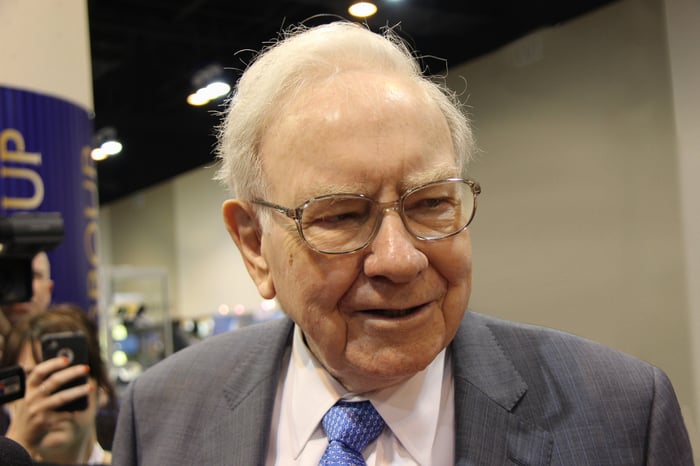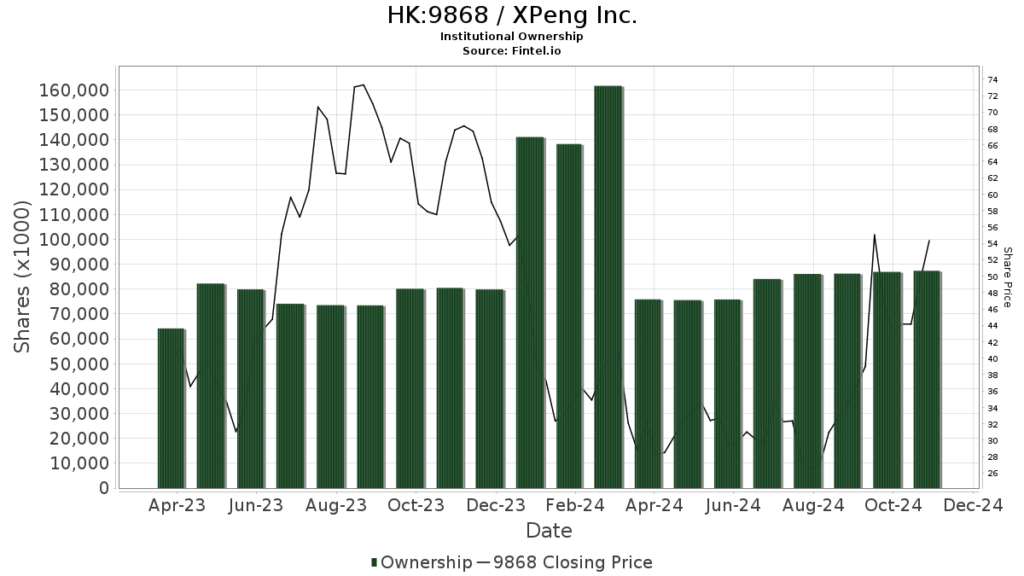The roaring stock market masks 11 underperforming components of the Dow Jones Industrial Average this year.
Boeing, Intel, Nike, and Apple are the four worst-performing stocks in 2024 despite the overall rise, perplexingly lagging behind the booming semiconductor industry and tech giants.
Exploring the forces weighing down each blue-chip stock unveils a potential for further decline before a ray of hope emerges.

Image source: Getty Images.
Boeing’s Ongoing Struggles and Hurdles to Overcome
Boeing’s 2024 performance has been marred by a series of incidents, beginning with a door plug mishap on a 737-9 MAX plane. Subsequent safety concerns have led to intense scrutiny by the Federal Aviation Administration.
As Boeing grapples with quality control issues, a decision to reduce production velocity and increase spending signals an arduous journey ahead for the aviation giant.
Despite aiming for ambitious medium-term targets, Boeing faces an uphill battle after enduring a substantial hit during the pandemic-induced market plunge; recovery still seems distant, with the stock down significantly from its peak.
Once a Dow heavyweight, Boeing now teeters towards mediocrity, testing investors’ patience as concerns linger over its future trajectory.
Intel’s Shifting Landscape Towards Recovery
Intel’s remarkable 2023 resurgence has been tempered by past missteps, particularly faltering market share and missed opportunities in the semiconductor realm.
Embracing a new vision, Intel sets its sights on foundry expansion and reshoring semiconductor production in the U.S., diversifying its growth avenues amid evolving industry dynamics.
Despite a recent revival in investor interest, Intel’s stock retreats as long-term growth strategies materialize, prompting cautious optimism amid delayed expectations.
Nike’s Uphill Battle Against Stiff Competition
Nike faces headwinds from sluggish growth in key markets, with revised revenue projections reflecting challenges in sustaining momentum across various regions.
Ramped-up competition from agile players like Lululemon and emerging brands like On Holding and Hoka accentuates Nike’s struggle to maintain dominance amid evolving consumer preferences.
Reliant on brand perception and aggressive marketing, Nike navigates a complex terrain of pricing strategies and commoditized offerings in a fiercely competitive landscape.
While trading at a discounted P/E ratio relative to historical averages, Nike’s valuation disconnect hints at underlying pressures that warrant cautious investor sentiment.
Apple’s Strategic Maneuvers Amidst Market Turbulence
Apple’s market retreat reflects a broader trend of growth adjustments and market pullback, aligning with industry shifts and investor skepticism.
Decoding Apple’s Financial Performance Amidst Stock Price Surge
The Discrepancy Between Stock Price and Profit Growth
The surge in the stock price of Apple has outpaced profit growth, significantly elevating the stock’s valuation.
Challenges and Triumphs in Apple’s Market Presence
Apple is currently navigating through a period of decelerated growth in China, juxtaposed with steady progress in other regions. Despite this, optimists are looking towards a possible reservoir of demand from customers hanging on to older iPhone models, awaiting an upgrade. This untapped market potential could serve as a catalyst for Apple’s resurgence. However, it’s essential to recognize the considerable dependency Apple still maintains on iPhone sales, which has been flagged in a recent lawsuit by the Justice Department. The lawsuit accuses Apple of anti-competitive practices and violations of antitrust regulations, aimed at coercing customers to stick to iPhones and resist switching to rival devices.
Notwithstanding these obstacles, Apple’s services segment, known for its high margins, continues to break records, propelling the company’s overall financial performance. Additionally, Apple’s strategic buyback of its own shares has played a pivotal role in driving up earnings per share (EPS) despite modest net income growth. The implications of such buybacks may not be immediately apparent, but as Apple consistently repurchases shares, a noticeable divergence can be observed over the medium term.
Financial Fortitude and Strategic Investments
Delving into Apple’s financials reveals a noteworthy trend – while net income has risen by 76.5% over the past five years, EPS has surged by 116% due to the impact of stock repurchases. Apple’s steadfast commitment to buybacks serves to enhance the stock’s intrinsic value, even during periods of sluggish growth.
Amongst its peers, Apple shines as a standout long-term investment opportunity. Its robust financial position, formidable cash reserves earmarked for potential acquisitions to fuel growth, and unwavering market leadership status position Apple as a resilient player in the industry. Nonetheless, Apple may continue to lag behind the broader market until its fundamental performance registers a notable upswing.
Future Investment Considerations
For investors contemplating allocating resources into Apple stock, a deep dive into the company’s financial trajectory and strategic prospects is imperative. While challenges exist, Apple’s ability to weather storms and capitalize on growth opportunities remains a salient feature beckoning investors to consider its long-term value proposition.
So, is Apple a wise investment choice amidst its current financial landscape? The answer lies in a judicious analysis that weighs the company’s risks against its growth potential, ultimately guiding investors towards a well-informed decision in the ever-evolving realm of financial markets.




